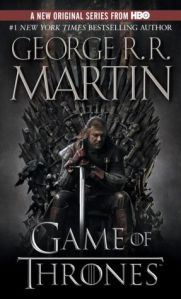Kinsella, Sophie. I’ve Got Your Number: A Novel. New York: The Dial Press, 2012. Electronic Book.
Borrowed from The Cedar Falls Public Library OverDrive Service.
Read between October 17-23, 2012.
Three and a half out of five stars.
Sophie Kinsella of Shopaholic series fame is back with another fun chick-lit novel. I’ve Got Your Number is set in 2012 London, and follows Poppy Wyatt over the course of a week, and more than a few unfortunate events. First, she loses her priceless family heirloom engagement ring, then her phone gets stolen, all just days before her wedding to the tall, dark and handsome Magnus Tavish. She finds a cell phone in a trash can, which just so happens to belong to the up-and-quit-to-be-a-model assistant to a very important (and hot) businessman, Sam Roxton. What follows is a smart, sassy, and sexy (though not erotic) story of Poppy’s attempts to turn the curt Sam into someone a bit more personable, all while using the found phone. As she and Sam communicate through text and email, Poppy finds herself questioning her relationship with Magnus and their upcoming nuptials. Is he truly the one for her? And will she be happy marrying into a family of academic elitists, who use words like “IRIDIUMS” and “CARYATID” in Scrabble and frequently discuss the merits of subjects (way) beyond the scope of her knowledge?
Told in a candid, conversational tone complete with text message jargon and acronyms, I’ve Got Your Number will appeal to readers who are looking for a fast-paced, dialogue-heavy book full of witty banter and gossipy twenty-somethings. Readers of chick-lit will identify with the present-day setting and recognize somewhat stereotypical characters, though they may not agree with the protagonists choices, or will they… Kinsella includes footnotes throughout the book in a type of stream-of-consciousness rambling from Poppy, which was difficult to follow in an electronic format. I enjoyed the book, though I can’t say I’ll be dying to read any more of Kinsella’s work, or any chick-lit, for that matter. Kind of like a romantic comedy movie, I feel as though I know what’s going to happen before it does, but while I’m watching/reading I am briefly entertained but ultimately left wanting more character or plot development. I would recommend this book as a good read for a beach: breezy and humorous, but not quite captivating enough.





